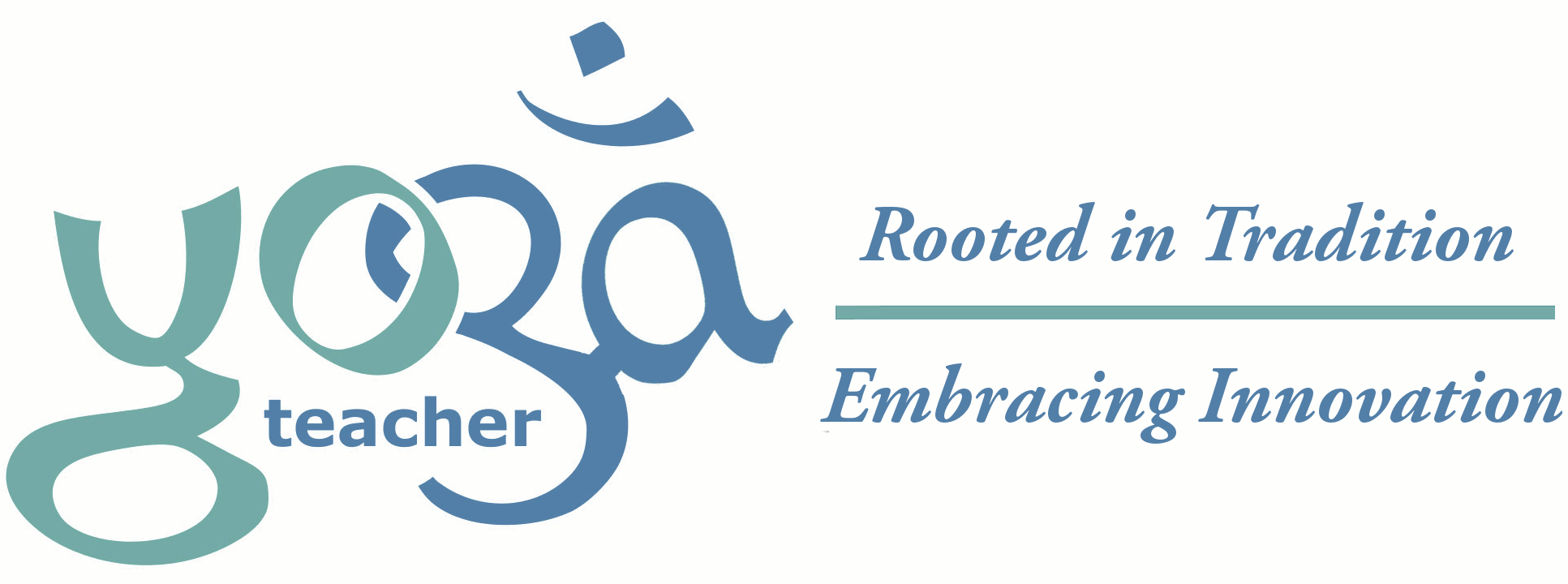Among the more traditional yoga schools, inverted poses, especially shoulder-stand, plow and head-stand, are consider to be the most important of all the asanas. As such, they were always a part of every yoga class that I took when I was a teenager practicing yoga in England.

When we assume an inverted posture gravity is reversed through the body, increasing the variety and complexity of mechanical forces moving through the connective tissue. This stimulates fibroblast cells to strengthen myofascia, tendons and ligaments. It also helps lymphatic fluid to return to the heart preventing stagnation. In a similar way, spinal cerebral fluid circulation is improved, which plays a significant role in the health and function of the brain.
Headstand, plow and shoulder-stand, increase blood flow to the neck and head which helps to stimulate the thyroid, parathyroid, pituitary, and pineal glands. This also increases blood pressure in these areas. Baro-receptors, located in the arch of the aorta artery, and in the sinus of the carotid artery, measure this increasing pressure and trigger the baro-receptor reflex. This involves slowing the heart, dilating blood vessels, and triggering the vagus nerve. The immediate effect of this reflex is a drop in blood pressure. This is followed shortly by a 35% reduction in muscle tension, improved immune response, improved digestion, decreased mood swings, a slowing of brain waves, deeper relaxation and ability to fall asleep. This is why inversions are classically done just prior to shavasana.

But the three inversions that I would like to pay particular attention to all involve the chin lock called Jalahandra. These are bridge, shoulder-stand and plow. The forward tilt of the head applies mechanical massaging pressure to the carotid sinus which on its own can trigger the baro-receptor reflex, but when done in combination with an inversion, has a synergistic effect.
Last year I reconnected with Arlene Corwin, who I started studying yoga with in 1971. She is 85 years old and still writing poetry and performing as a jazz singer/pianist in Switzerland. I was disappointed to find out that she no longer teaches yoga. But when I asked if she still had a personal practice she replied “Not really. Every morning, when I get out of bed, I do a 30 minute headstand, and then decide if I feel like doing anything else!”

When you consider how important the inverted poses are, it seems strange that so many yoga classes no longer include them. Perhaps the answer for this lies in the unanticipated consequences of the increasing popularity of yoga. More people wanted to try yoga and many of them were older and not necessarily in the best health. In addition, due to the shortage of qualified yoga teachers, yoga teacher training programs started turning out less experienced teachers. Inevitably, this led to an increase in yoga related injuries. As a result, many teachers stopped teaching inversions all together, and others restricted inversions to their more experienced students. This reaction is understandable, but unfortunate. The benefits of inversions are too great to ignore.
Fortunately, there are a variety of milder inversions that are easy to practice, even for those with preexisting conditions, like legs-up-the-wall. Over time, most people can approach or even master the more advanced inversions by working their way step by step through a progression of variations of increasing challenge. You can find more about this by watching my Inversion Workshop video or Yoga video #20





